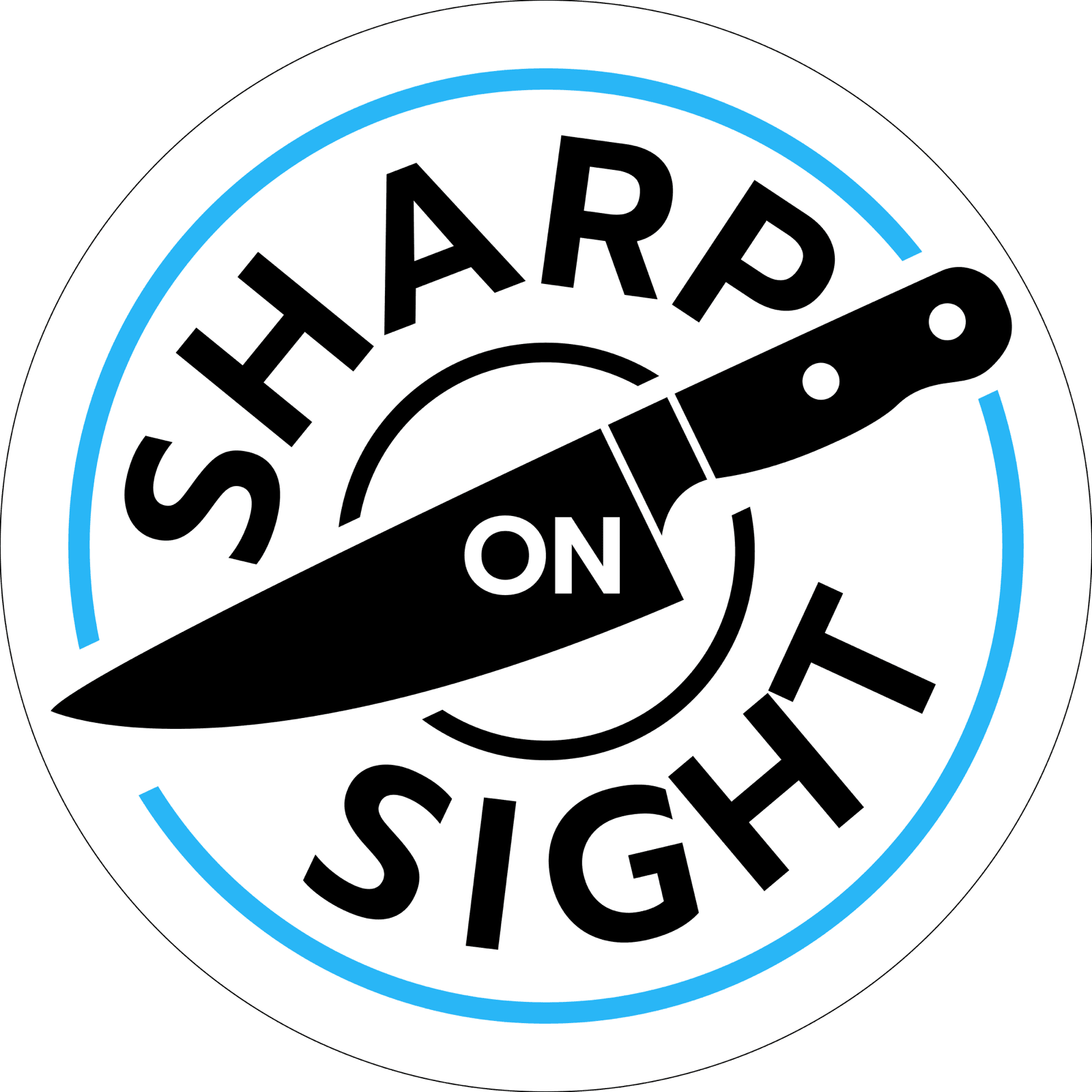Common Knife Sharpening Mistakes

Education on the common mistakes people make when attempting to sharpen their own knives, such as using the wrong equipment, incorrect angles, and improper technique.
Knife sharpening is an essential part of maintaining the performance and longevity of your knives. However, many people make common mistakes when attempting to sharpen their own knives, which can lead to ineffective results or even damage to the blades. In this article, we will discuss some of the most common knife-sharpening mistakes and how to avoid them.
One of the most significant mistakes people make is using the wrong equipment. For instance, using a sharpening stone meant for straight-edged knives on a serrated knife can cause damage to the blade. Similarly, using an electric knife sharpener on a high-end chef's knife can result in the blade becoming overheated and damaged. Therefore, it is essential to use the appropriate sharpening tool for each knife type to achieve optimal results.
Another common mistake is incorrect sharpening angles. Using the wrong angle can result in a blade that is either too sharp or not sharp enough. For example, using a 30-degree angle on a Japanese knife that should be sharpened at a 15-degree angle can result in a blade that is too thin and delicate. Conversely, using a 15-degree angle on a knife that requires a 30-degree angle can leave the blade dull and ineffective. It is crucial to research the correct sharpening angle for each knife type and stick to it for best results.
Lastly, improper technique can also result in ineffective or even dangerous sharpening. For instance, sharpening a knife in a back-and-forth motion can cause unnecessary wear on the blade, leading to a shorter lifespan. Similarly, applying too much pressure while sharpening can damage the blade and increase the risk of injury. The proper technique involves holding the knife at the correct angle and applying gentle pressure in a controlled, consistent motion.
Knife sharpening is a crucial task that should be performed with care and attention to detail. By avoiding common mistakes such as using the wrong equipment, incorrect angles, and improper technique, you can maintain the performance and longevity of your knives. It is also important to know when to seek the help of a professional knife sharpener to achieve the best results. By following these tips, you can ensure that your knives remain sharp, effective, and safe to use for years to come.
Message Sharp On Sight | Local Sharpening Pros
Ready for Razor-Sharp Precision?
Whether you're looking for a quote or just have a question, I'm here to help. Reach out, and let's bring those edges back to life.
